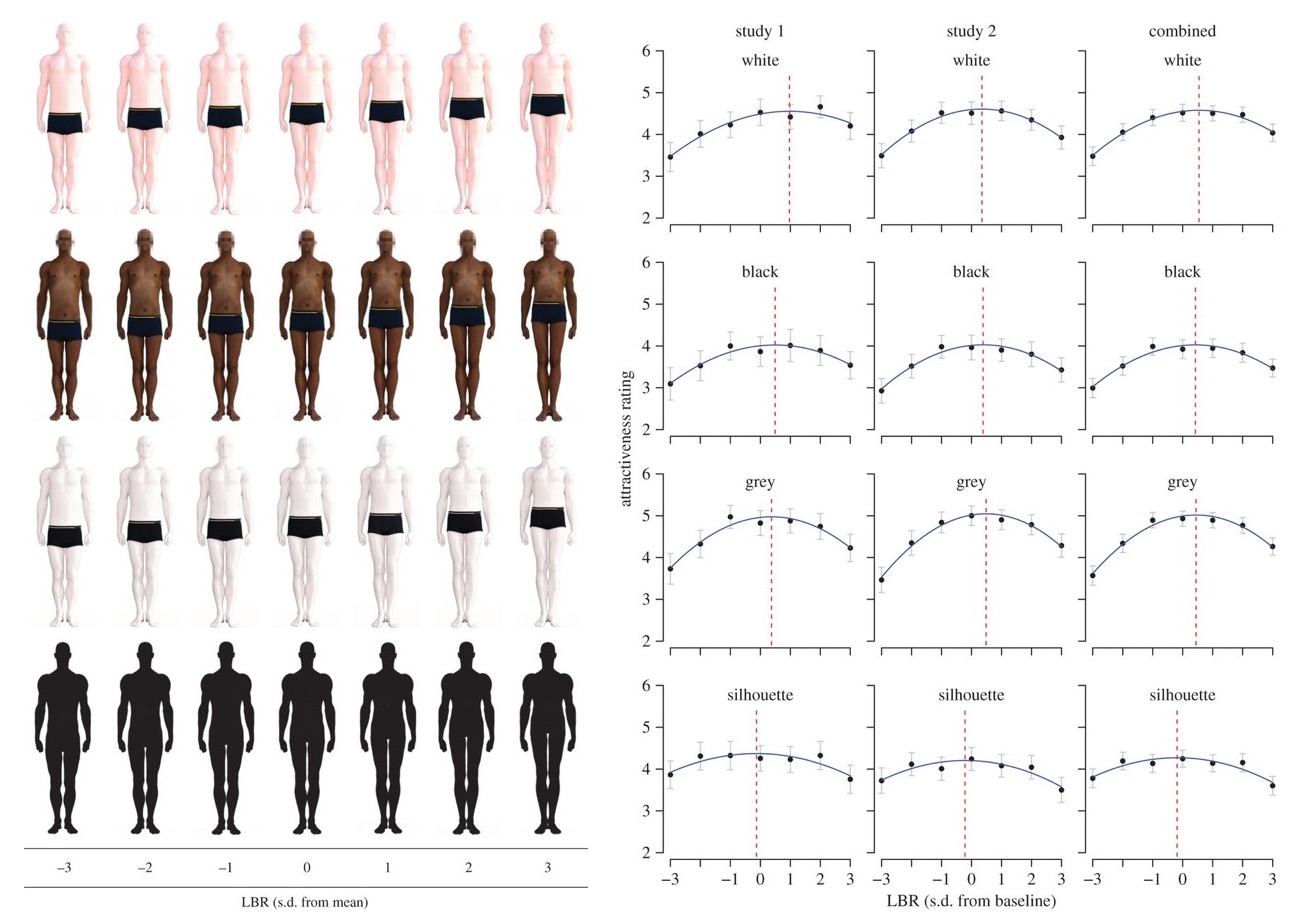

India has been taking steps in addressing issues that could improve its population's low average height, which is but 5 feet, 2.25 inches when including both genders. Internal strife has certainly taken a toll on its population's health as well. ChildFund in Vietnam has made small, yet significant, strides in helping by providing milk to these communities' children. Demography is one of the factors that makes the problem difficult to eradicate ther, especially in isolated mountain communities. Although the country has been making progress in that regard, malnutrition is still rampant. Vietnam has for several decades now been struggling to improve its population's average height of 5 feet, 2.5 inches when including both genders. Those hardest hit are the many families living well below the poverty line. Environmental factors, such as poor sanitation, diseases, a lack of clean water, proper housing, and food shortages, all contribute to the problem. These figures partly account for the stunted average height of Malaysian people in adulthood. Statistics show that 12.5% of children in Malaysia are underweight, while 400,000 are stunted in height. Malaysia has seen the link between malnutrition and the average height of its population, which currently stands at 5 feet, 2.75 inches when including both genders. Children now weigh 11 pounds below norms, with many being bed-ridden with all kinds of intestinal maladies due to unsanitary living conditions. With ongoing civil war and domestic conflict, cultural norms have been all but neglected entirely, and so too have the normal environments that foster kinship and family ties. About 6.5 million Iraqis today are on food rations, and many of these rations are in turn exchanged for similarly much needed medicine. What was once a thriving nation has been reduced to a Third World country, with 400,000 children malnourished and thusly increasingly vulnerable to diseases. A Norwegian research study showed that, since the war broke out with the US in 2003, malnutrition has increased to a high 7%, comparable to many sub-Saharan African countries. Iraq has struggled in improving its population's average height of 5 feet, 3.25 inches when including both genders. That is a testament to the importance of hygiene and sanitation to good health and growth when all else is equal. Studies show that people taken to a safe and clean place, and fed the same nutrient-rich diet as their fellow natives, ultimately reach the natives' physical health and growth. Environmental factors like a lack of clean water and unsanitary conditions does not help either. The UNICEF continues to monitor the situation in Nigeria, but sectarian violence, especially along the northern borders, has affected their efforts. Figures show that about 1.1 million children are undernourished in the country, much of which is characterized by an arid environment. The Sahel region is worst hit by malnutrition, which accounts for the stunting of Nigerian children's growth. Nigeria is also trying its best to improve its population's average height of 5 feet, 3.75 inches when including both genders. Although shortness in height could also be linked with a person's genes or human growth hormone deficiency, cultural and environmental factors also play a major role in any given child's growth into adulthood. In adults, causes can often be linked to medical conditions.


Below average height in children and young adults have their causes most often originating from malnutrition. However, in some European countries, where being tall is the norm, men shorter than 5 feet, 7 inches, and women shorter than 5 feet, 2 inches, are considered to be short in height. Short stature has not been given a precise standard but, in developed countries, a man shorter than 5 feet, 4 inches and a woman shorter than 4 feet, 11 inches, are considered "short". In these countries listed, it is common to see an adult height that is shorter than the standard adult heights relative to global norms. Shortest average height, by our definition, means the average adult height of a country's populace including both genders, and taken from large scale studies and surveys representative of national populations as a whole.


 0 kommentar(er)
0 kommentar(er)
